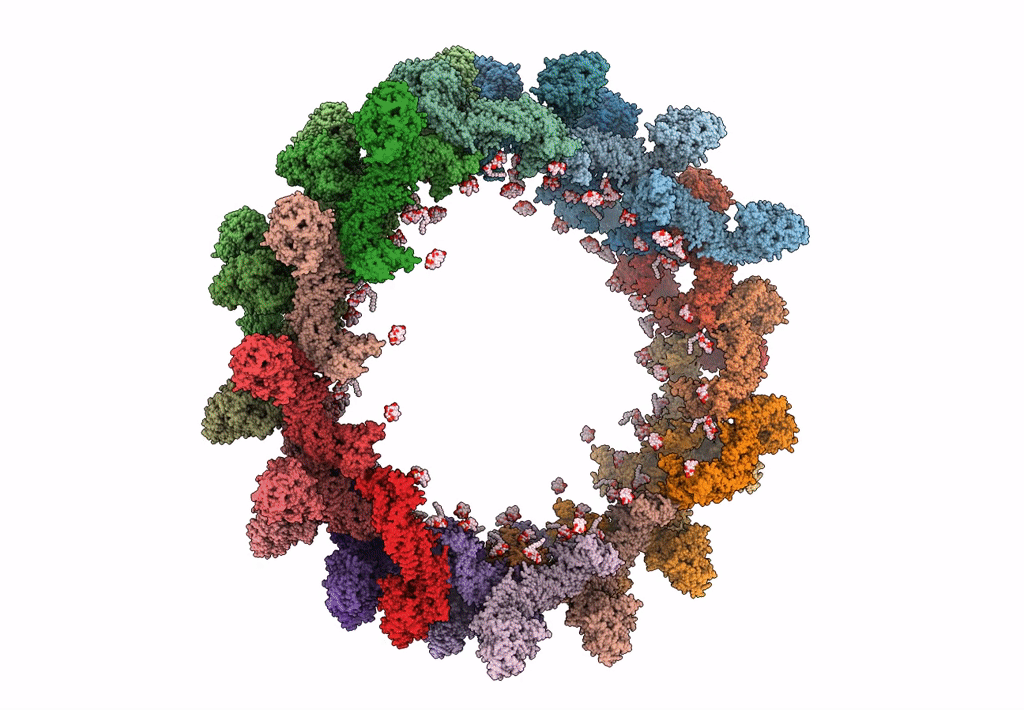
Deposition Date
2022-05-13
Release Date
2023-08-30
Last Version Date
2024-11-13
Entry Detail
PDB ID:
8CT9
Keywords:
Title:
CryoEM structure of human S-OPA1 assembled on lipid membrane in membrane-distal state
Biological Source:
Source Organism:
Homo sapiens (Taxon ID: 9606)
Host Organism:
Method Details:
Experimental Method:
Resolution:
6.80 Å
Aggregation State:
FILAMENT
Reconstruction Method:
HELICAL


